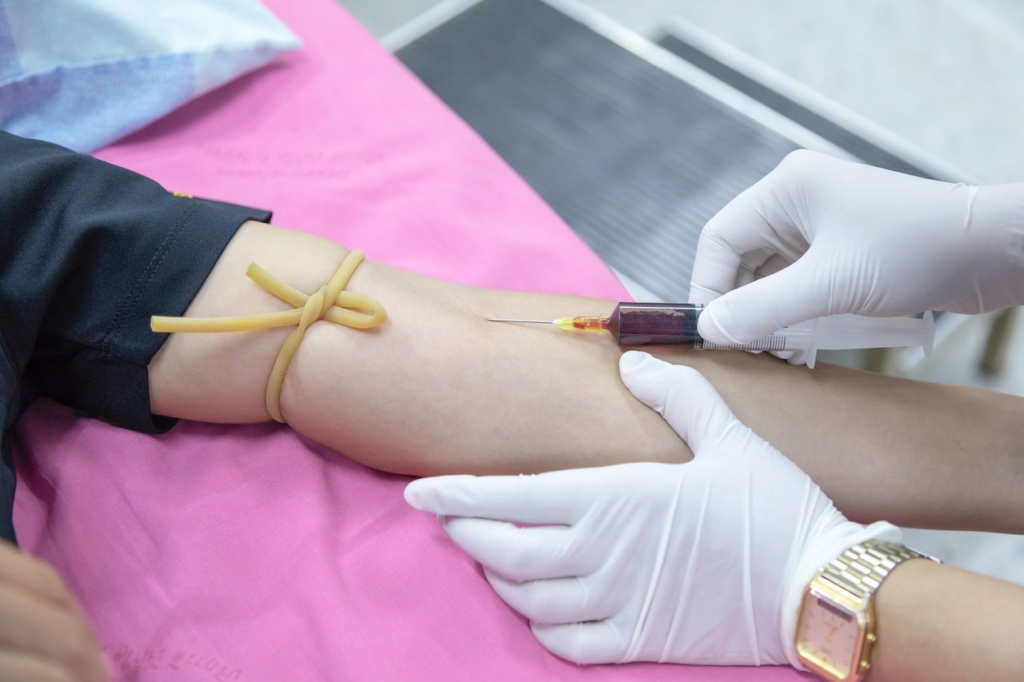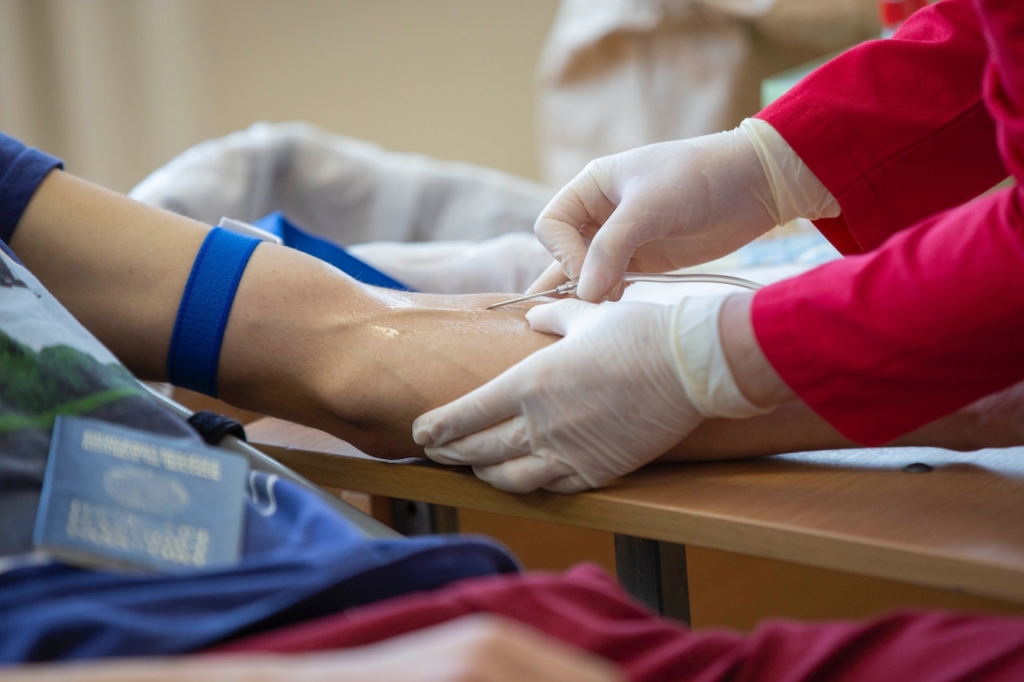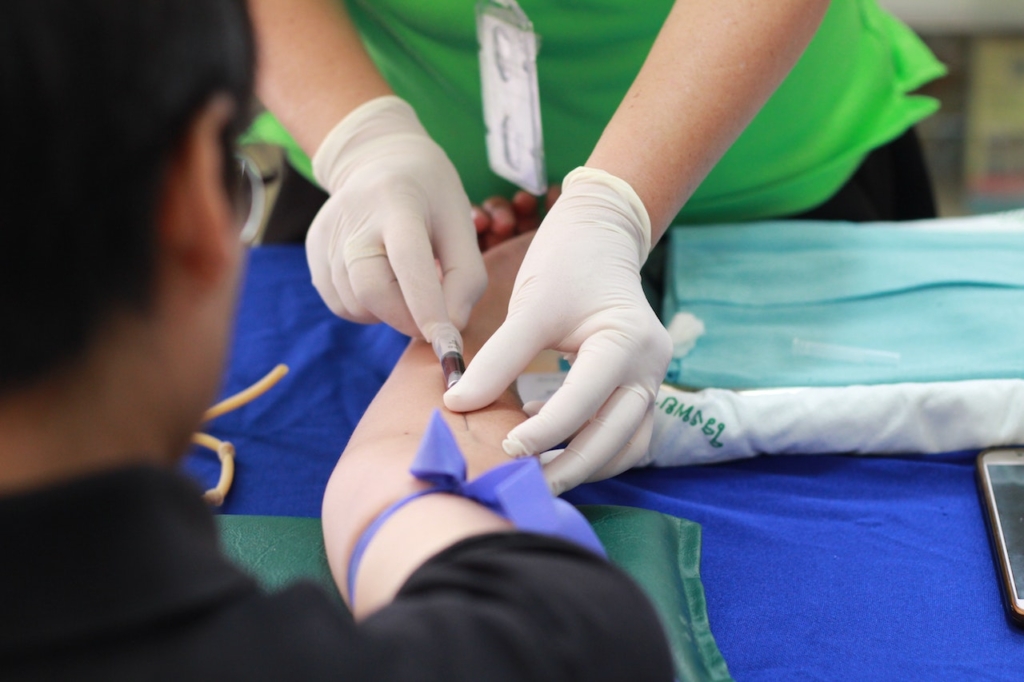Phlebotomy is a critical aspect of modern medicine, and phlebotomists play a significant role in ensuring that patients receive the best possible care. If you are considering a career in phlebotomy, you may be wondering about the salary outlook for this profession. In this article, we will explore how much phlebotomists make, including factors that influence salary, and provide an overview of salaries by state and in different settings.
Phlebotomists are responsible for drawing blood from patients and ensuring that the samples are properly labeled and delivered to the laboratory for testing. They may also perform other duties related to blood collection, such as preparing patients for the procedure, maintaining equipment, and documenting patient information. Understanding the role of a phlebotomist is essential to understanding how much they make, as it can vary depending on the specific responsibilities and requirements of the job.
Key Takeaways
- Phlebotomists play a critical role in modern medicine by collecting blood samples from patients.
- Factors that influence phlebotomist salaries include experience, education, certification, and location.
- Salaries for phlebotomists can vary widely depending on the state and setting in which they work.
Understanding the Role of a Phlebotomist
A phlebotomist is a healthcare professional who specializes in drawing blood from patients. They are trained to collect blood samples for medical and diagnostic laboratory testing, blood transfusions, research, and other purposes. Phlebotomists are an essential part of the healthcare team, and their work is critical to the accurate diagnosis and treatment of various medical conditions.
Phlebotomists work in a variety of settings, including hospitals, clinics, laboratories, and blood banks. They use a variety of techniques to draw blood from patients, including venipuncture, finger-stick, and heel-stick. They must follow strict protocols to ensure the accuracy and safety of the blood collection process.
Phlebotomists must also be skilled in handling and processing blood samples. They must carefully label and transport blood specimens to the laboratory for testing. They may also be responsible for preparing blood products for transfusion and maintaining equipment and supplies.
Phlebotomists must have excellent communication skills and be able to put patients at ease during the blood collection process. They must also be knowledgeable about medical terminology and laboratory procedures. In addition, they must be able to work accurately and efficiently under pressure, as they may have to collect blood from multiple patients in a short amount of time.
Overall, phlebotomists play a crucial role in the healthcare system by ensuring the accurate and safe collection of blood samples for medical testing and treatment.
Phlebotomist Education and Certification
Becoming a phlebotomist requires a high school diploma or GED, and most employers prefer candidates with post-secondary education. Many vocational schools, community colleges, and technical institutes offer phlebotomy training programs that range from a few weeks to several months. These programs typically include classroom instruction and hands-on training in venipuncture techniques, specimen handling, and safety procedures.
In addition to education, phlebotomists may also need to obtain certification from a recognized accrediting agency. The most widely recognized certification for phlebotomists is offered by the National Center for Competency Testing (NCCT) and the National Healthcareer Association (NHA). Other certifications include the American Society for Clinical Pathology (ASCP) and the American Medical Technologists (AMT).
Certification requirements vary by state and employer, but typically involve completing an accredited phlebotomy training program and passing a certification exam. Some certifications may also require continuing education credits to maintain certification.
Online phlebotomy training programs are also available, but it is important to ensure that they are accredited and recognized by employers before enrolling. Online programs may offer flexibility and convenience, but hands-on training and in-person instruction are crucial for developing the necessary skills and knowledge to be a successful phlebotomist.
Overall, a combination of education and certification can help phlebotomists stand out in a competitive job market and demonstrate their competence and dedication to the profession.
Phlebotomist Salary Overview
Phlebotomists are medical professionals who specialize in drawing blood from patients for diagnostic testing, transfusions, or research. They play an important role in the healthcare system and are typically employed by hospitals, clinics, laboratories, and blood banks.
The salary of a phlebotomist can vary depending on several factors, including location, experience, and employer. According to the Bureau of Labor Statistics, the median annual wage for phlebotomists in the United States was $36,320 as of May 2020. The lowest 10 percent earned less than $27,510, and the highest 10 percent earned more than $50,020.
In terms of hourly pay, the median wage for a phlebotomist was $17.46 as of May 2020. The lowest 10 percent earned less than $13.24 per hour, and the highest 10 percent earned more than $24.04 per hour.
It is worth noting that phlebotomist salaries can also vary by location. For example, phlebotomists in California had the highest annual mean wage of $47,050, while those in West Virginia had the lowest annual mean wage of $27,040 as of May 2020.
Overall, phlebotomy can be a rewarding career that offers a competitive salary and opportunities for advancement. With the demand for healthcare professionals on the rise, the job outlook for phlebotomists is promising.
Factors Influencing Phlebotomist Salary
Phlebotomists are healthcare professionals who draw blood from patients for medical testing, transfusions, or donations. Their salary can vary depending on several factors. Here are some of the key factors that influence phlebotomist salary:
Experience
Like most professions, experience plays a significant role in determining a phlebotomist’s salary. Phlebotomists with more experience typically earn higher salaries than those who are just starting in the field.
Location
Location is another significant factor that affects phlebotomist salary. The cost of living, demand for phlebotomists, and local economy can all impact how much a phlebotomist earns. For example, phlebotomists working in major cities may earn more than those working in rural areas.
Employers
Phlebotomists can work for a variety of employers, including hospitals, clinics, blood banks, and laboratories. The type of employer can also impact a phlebotomist’s salary. For example, phlebotomists working for hospitals may earn more than those working for clinics.
Industry
The healthcare industry is vast, and phlebotomists can work in various settings, including hospitals, clinics, and laboratories. The industry can also impact how much a phlebotomist earns. For example, phlebotomists working in hospitals may earn more than those working in clinics.
Insurance
Phlebotomists who work for employers that offer health insurance benefits may receive higher salaries than those who don’t. The type of insurance plan can also impact how much a phlebotomist earns.
Testing
Phlebotomists who specialize in specific types of blood testing, such as genetic testing or blood transfusion testing, may earn higher salaries than those who perform general blood draws.
Overall, phlebotomist salary can vary depending on several factors, including experience, location, employer, industry, insurance, and testing.
Phlebotomist Salary by State
Phlebotomist salaries can vary greatly depending on the state in which they work. Factors such as cost of living, demand for healthcare services, and state-specific regulations can all impact how much a phlebotomist can expect to earn.
According to data from the Bureau of Labor Statistics, the highest paying state for phlebotomists is California, with an average annual salary of $47,700. Other states with high average salaries include Alaska, Washington, and Massachusetts.
On the other end of the spectrum, states with lower average salaries for phlebotomists include Arkansas, Mississippi, and West Virginia. However, it is important to note that even in these states, phlebotomists can still earn a decent living wage.
Below is a table showing the average annual salary for phlebotomists in each state, based on data from the Bureau of Labor Statistics:
| State | Average Annual Salary |
|---|---|
| Alabama | $33,230 |
| Alaska | $43,530 |
| Arizona | $37,100 |
| Arkansas | $29,400 |
| California | $47,700 |
| Colorado | $38,450 |
| Connecticut | $40,330 |
| Delaware | $36,450 |
| District of Columbia | $44,780 |
| Florida | $33,840 |
| Georgia | $34,950 |
| Hawaii | $39,000 |
| Idaho | $33,420 |
| Illinois | $36,800 |
| Indiana | $33,310 |
| Iowa | $33,050 |
| Kansas | $31,560 |
| Kentucky | $31,400 |
| Louisiana | $30,880 |
| Maine | $33,980 |
| Maryland | $38,460 |
| Massachusetts | $44,120 |
| Michigan | $34,690 |
| Minnesota | $39,040 |
| Mississippi | $28,990 |
| Missouri | $33,510 |
| Montana | $32,600 |
| Nebraska | $34,590 |
| Nevada | $37,210 |
| New Hampshire | $36,380 |
| New Jersey | $42,210 |
| New Mexico | $32,600 |
| New York | $41,280 |
| North Carolina | $33,540 |
| North Dakota | $32,820 |
| Ohio | $34,350 |
| Oklahoma | $30,870 |
| Oregon | $39,470 |
| Pennsylvania | $36,550 |
| Rhode Island | $38,560 |
| South Carolina | $32,740 |
| South Dakota | $32,290 |
| Tennessee | $32,440 |
| Texas | $33,830 |
| Utah | $33,020 |
| Vermont | $36,710 |
| Virginia | $36,930 |
| Washington | $44,580 |
| West Virginia | $28,620 |
| Wisconsin | $36,600 |
| Wyoming | $32,620 |
It is important to keep in mind that these figures are averages and individual salaries may vary based on factors such as years of experience, education level, and employer.
Phlebotomist Salary in Different Settings
Phlebotomists work in various settings, including hospitals, nursing homes, clinics, and blood banks. The salary of a phlebotomist varies depending on the setting they work in. Here’s a breakdown of the phlebotomist salary in different settings:
Hospitals
Phlebotomists who work in hospitals earn an average salary of $35,000 to $40,000 per year. They may work in different departments such as emergency, intensive care unit (ICU), or outpatient clinics. The salary may vary depending on the hospital’s location, size, and the phlebotomist’s experience.
Nursing Homes
Phlebotomists who work in nursing homes earn an average salary of $30,000 to $35,000 per year. They collect blood samples from elderly patients who require regular blood tests. The salary may vary depending on the nursing home’s location, size, and the phlebotomist’s experience.
Clinics
Phlebotomists who work in clinics earn an average salary of $30,000 to $35,000 per year. They collect blood samples from patients who visit the clinic for various medical reasons. The salary may vary depending on the clinic’s location, size, and the phlebotomist’s experience.
Blood Banks
Phlebotomists who work in blood banks earn an average salary of $30,000 to $35,000 per year. They collect blood from donors and prepare it for transfusions. The salary may vary depending on the blood bank’s location, size, and the phlebotomist’s experience.
In conclusion, phlebotomist salary varies depending on the setting they work in, with hospitals paying the highest salary. However, the salary may vary depending on the location, size, and the phlebotomist’s experience.
Employment and Growth of Phlebotomists
Phlebotomists are a vital part of the healthcare industry and play a crucial role in drawing blood for diagnostic testing and transfusions. According to the Bureau of Labor Statistics (BLS), the employment of phlebotomists in the United States is projected to grow 17 percent from 2020 to 2030, which is much faster than the average for all occupations.
As of May 2020, there were approximately 132,000 phlebotomist jobs in the United States, with an average annual salary of $36,320. However, the salary can vary based on factors such as location, experience, and the type of employer. For instance, phlebotomists working in hospitals tend to earn more than those working in outpatient care centers or physician offices.
Phlebotomists are required to have a high school diploma or equivalent and complete a postsecondary non-degree award program, which typically takes less than a year to complete. They must also be proficient in handling and analyzing blood samples, as well as taking vital signs and communicating effectively with patients.
Overall, the demand for phlebotomists is expected to continue to grow due to an aging population and advances in medical technology. As such, individuals interested in pursuing a career in this field can expect to find ample job opportunities and a competitive salary.
Frequently Asked Questions
What is the average salary for a phlebotomist in Florida?
The average salary for a phlebotomist in Florida is around $33,000 per year. However, this can vary depending on factors such as experience, location, and the type of employer.
How much does a phlebotomist in Georgia typically earn?
A phlebotomist in Georgia can expect to earn an average salary of around $32,000 per year. Again, this can vary depending on factors such as experience, location, and the type of employer.
What is the monthly income of a phlebotomist?
The monthly income of a phlebotomist can vary depending on their hourly rate and the number of hours worked per month. Based on the average salary of $33,000 per year, a phlebotomist can expect to earn around $2,750 per month before taxes.
What is the highest pay rate for a phlebotomist?
The highest pay rate for a phlebotomist can vary depending on the employer and location. In general, experienced phlebotomists who work in specialized fields such as research or diagnostic laboratories may earn a higher salary than those who work in hospitals or clinics.
Can you make a living as a phlebotomist?
Yes, it is possible to make a living as a phlebotomist. While the average salary may be lower than some other healthcare professions, it is still a stable and reliable career choice. Many phlebotomists also have the opportunity to advance their careers by pursuing additional education and certifications.
Is phlebotomy a good career choice?
Phlebotomy can be a good career choice for individuals who are interested in healthcare and enjoy working with patients. It is a stable and reliable career that offers opportunities for advancement and growth. However, it is important to consider factors such as job outlook and salary when making a career choice.




